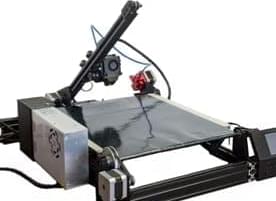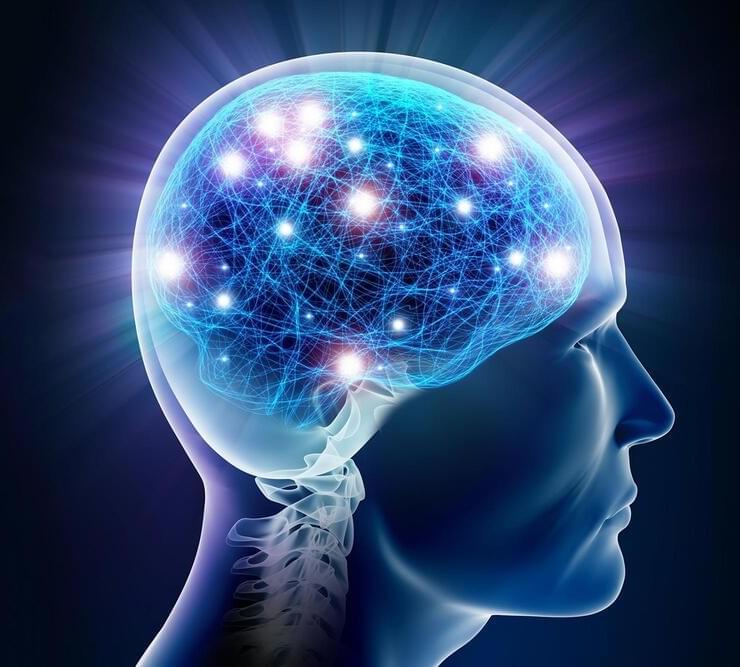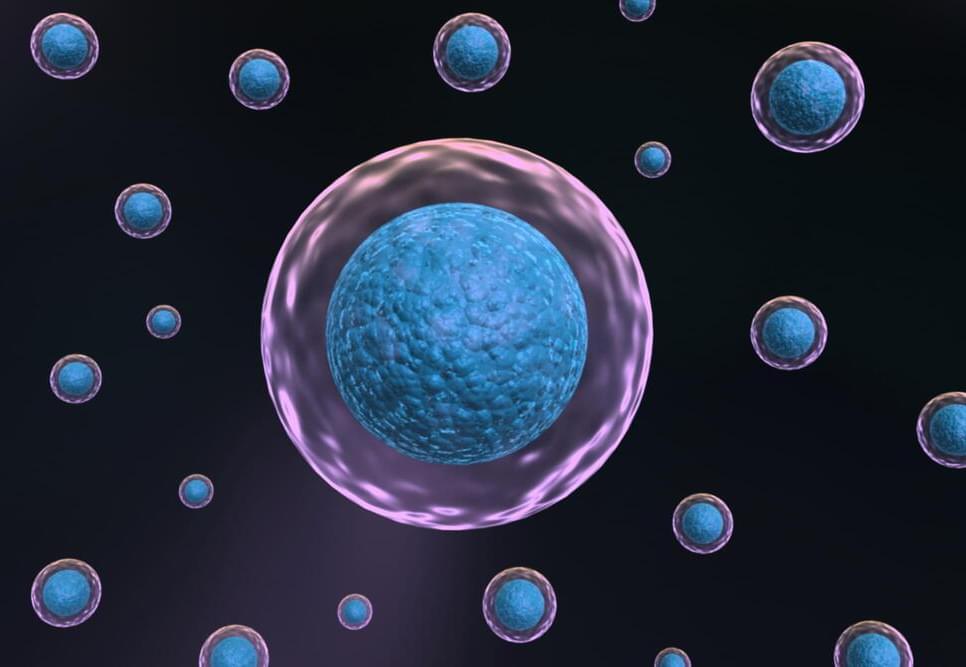Mar 7, 2022
Tinybelt Enables Infinite 3D Printable at an Affordable Price
Posted by Shubham Ghosh Roy in categories: employment, engineering
Traditional wisdom says that 3D printers are unsuitable for manufacturing. There are several reasons for that, including cost, part quality, and time, but labor is one of the most significant challenges. With conventional 3D printers, an operator must remove parts between jobs. That has a cost and slows down large production runs. Belt 3D printers solve this problem and also allow for infinite printing in one axis. Tinybelt, a new 3D printer on Kickstarter right now, makes this technology affordable.
The Tinybelt Kickstarter campaign is currently a third of the way to its $80,000 funding goal and needs your help to reach that goal. But you won’t want to contribute out of a sense of charity — you’ll want to back this campaign because Tinybelt has a lot to offer at an extremely competitive price. Tinybelt’s closest competition, the Creality CR-30 “3DPrintMill,” costs about $1,050. Tinybelt is available on Kickstarter right now for $499. Even at that low price, Tinybelt has a larger build volume than the competition.
As with other belt 3D printers 0, Tinybelt has one axis that is infinite. That means you can print parts as long as you want or print an unlimited number of parts—or both. The other two axes are 300mm and 200mm, which is almost twice the area of the Creality CR-30. A special nozzle made by Slice Engineering for the Mosquito hot end allows for printing at a shallower angle. Other specs are comparable, including the use of a dual-gear Bowden extruder.
















